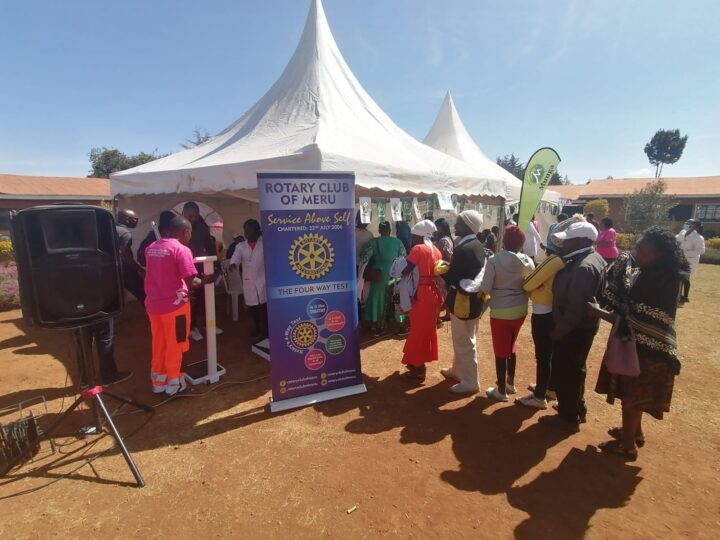
Residents of Samburu at one of the solar projects
By Agencies
The Kenya Off-Grid Solar Access Project (KOSAP) is a flagship project of the Ministry of Energy, financed by the World Bank aimed at providing electricity and clean cooking solutions in the remote, low density, and traditionally underserved areas of the country.
The Project is part of the government’s commitment to providing universal access to electricity in Kenya by 2022, universal access to modern energy services for cooking by 2030, as well as the impetus for growth in achieving Vision 2030. The Project is implemented jointly by the Ministry of Energy, Kenya Power and Lighting (KPLC) as well as Rural Electrification and Renewable Energy Corporation (REREC).
The Project targets to reach approximately. 277,000 households (1.3 million people), community facilities: schools; health facilities, and administrative offices as well as 380 community boreholes in the 14 Counties of Samburu, West Pokot, Turkana, Marsabit, Isiolo, Mandera, Wajir, Garissa, Tana River, Lamu, Kilifi, Kwale, Taita Taveta, and Narok.
It will also facilitate the installation of 250,000 solar home systems in the 14 Counties and the selling of 150,000 clean cooking stoves in 8 Counties of Samburu, West Pokot, Turkana, Isiolo, and Marsabit, Kwale, Taita Taveta, and Kilifi.
The Ksh 15 Billion Six year Project was launched in July 2017 and is expected to be complete by June 2023 as funded by the World Bank.
As the target counties are not served by the national grid, mini-grids will be constructed to be the main source of energy. A total of 151 mini-grids will be constructed throughout I2 of the 14 Counties.
The mini-grids will then be used to provide electricity to community facilities, enterprises, and households. The mini-grids will be constructed in areas that have a minimum population of 100 households and sufficient existing or potential business and institutional loads.
In Samburu County areas like Barsaloi, Lodungokwe, Sereolipi, and TUUM are expected to benefit. Other areas also include; Latakweny, Ngurnit, Kirimon, Opiroi , Suraadoru, and the adjacent areas.
The vast majority of the off-grid population in the 14 counties is dispersed and requires individual system solutions (Solar Home Systems- SHS).
Under this component, the Project aims to establish sustainable supply chains for marketing and sales of solar home systems in KOSAP Counties. While the Private Sector Actors have penetrated the solar market in other parts of the country they have not made the same in-roads in the 14 Counties.
The Project has established a Results-Based Financing and Debt Facility (RBF) which will provide incentives to solar businesses to extend and expand their reach in the 14 Counties.
Under this component, the project aims to deliver 250,000 Stand-alone Solar home Systems and 150,000 high-tier clean cooking solutions. SNV Netherlands Development Organization in partnership with Sun Funder is the Facilities Manager.
Under the Stand Alone Home Systems for Public Facilities, community facilities developed by the Ministry of Health, Ministry of Education and the Ministry of Interior will be supplied with power for optimum performance.
About 380 boreholes associated with community facilities in the 14 Counties will benefit from the installation of solar-powered water pumps. This will increase sustainable access to water supply by equipping new boreholes and retrofitting existing diesel-powered boreholes.
The Rural Electrification Agency and Renewable Energy (REREC) which is in charge of implementing this aspect of the project will hire a private sector contractor to supply, install and maintain stand-alone solar systems for the community facilities. This will enhance the sustainability of these facilities as the operational costs associated with diesel-based systems will be avoided.
Training under KOSAP is aimed at enhancing the capacity of the targeted county governments. The County government’s role in the energy sector is planning and development, including electricity and gas reticulation and energy regulation.




